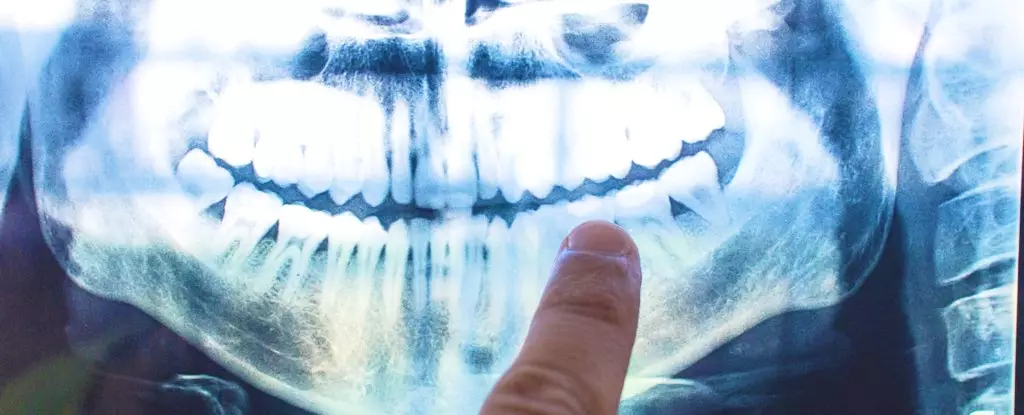Over the years, numerous scientific studies have supported the notion that Alzheimer’s disease may not simply be a disease but rather an infection. This groundbreaking hypothesis has shed light on the possibility of an entirely different mechanism behind the development and progression of Alzheimer’s. While researchers are still working to isolate the exact mechanisms of this infection, recent studies have revealed a potential link between Alzheimer’s and Porphyromonas gingivalis, the pathogen responsible for chronic periodontitis, commonly known as gum disease. This article delves into the research conducted by Jan Potempa, a microbiologist from the University of Louisville, and his team, who discovered the presence of P. gingivalis in the brains of deceased Alzheimer’s patients and its implications for understanding the disease.
The groundbreaking research conducted by Potempa and his team has not only established a connection between P. gingivalis and Alzheimer’s, but has also raised important questions about the role of this pathogen in the disease. In laboratory experiments involving mice, the team introduced P. gingivalis through oral infection, which subsequently led to brain colonization by the bacteria. Alongside this colonization, there was an increase in the production of amyloid beta (Aβ), the sticky proteins typically associated with Alzheimer’s. While the researchers did not claim to have definitive evidence of causation, they strongly believed that they were on the right path in understanding the disease’s origin and advancement.
In addition to the presence of P. gingivalis in the brains of Alzheimer’s patients, the research team also identified toxic enzymes known as gingipains secreted by the bacteria. The presence of these gingipains correlated with two distinct markers of the disease: the tau protein and a protein tag called ubiquitin. Furthermore, the team discovered the presence of these toxic gingipains in the brains of individuals who were never diagnosed with Alzheimer’s. This finding is crucial because it challenges the previous understanding of the relationship between gum disease and Alzheimer’s. It suggests that gum disease may not be a consequence of dementia or poor oral care, but rather an early event that can explain the pathology observed in middle-aged individuals before cognitive decline.
The research conducted by Potempa and his team has not only provided valuable insights into the potential causes of Alzheimer’s, but it has also opened up new avenues for treatment. The team formulated a compound known as COR388, which showed promising results in experiments with mice. COR388 was able to reduce the bacterial load associated with an established P. gingivalis brain infection, while also decreasing amyloid-beta production and neuroinflammation. These findings offer hope for the development of novel treatments targeting the toxic proteins produced by the bacteria.
While the research community is cautiously optimistic about the implications of these findings, there is still much more to uncover. Future research will undoubtedly shed more light on the potential link between P. gingivalis and Alzheimer’s, and the development of effective treatments targeting the bacteria’s toxic proteins. With no new dementia treatments being introduced for over 15 years, it is crucial that various approaches are explored to tackle diseases like Alzheimer’s. This research represents a significant step forward in our understanding of the disease and offers a glimmer of hope for the millions of individuals and families affected by Alzheimer’s.
The mounting body of evidence supporting the hypothesis that Alzheimer’s disease may be an infection caused by P. gingivalis marks a paradigm shift in our understanding of the disease. The research conducted by Jan Potempa and his team provides compelling evidence of a connection between gum disease and Alzheimer’s, challenging previous assumptions. While more research is needed to fully comprehend the intricacies of this relationship, these findings represent a significant milestone in the quest to unravel the mysteries of Alzheimer’s and develop effective treatments.


Leave a Reply